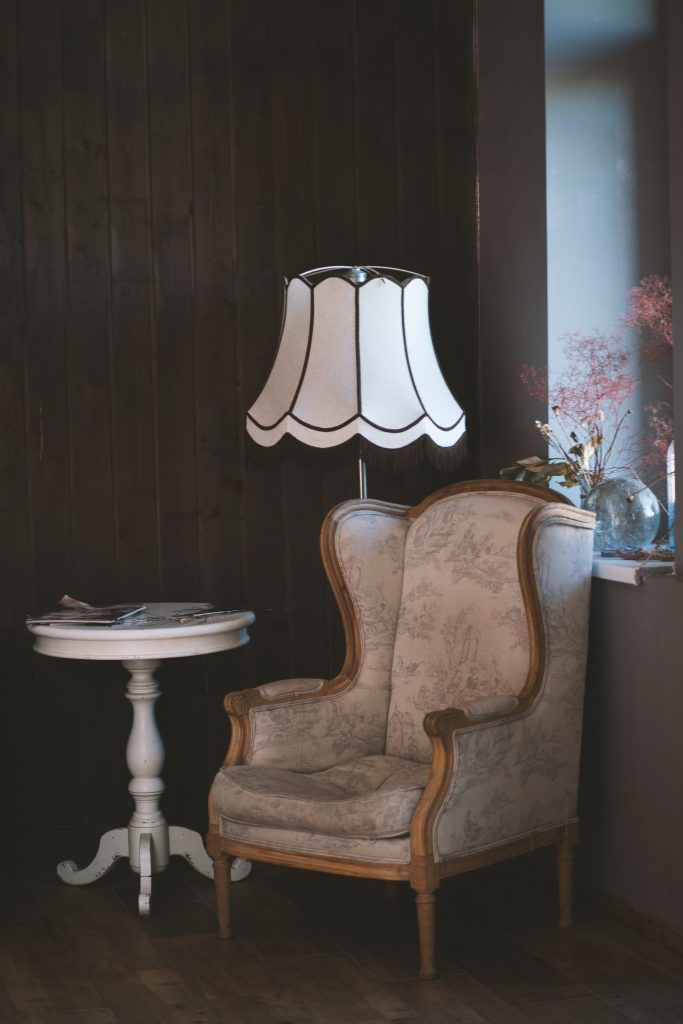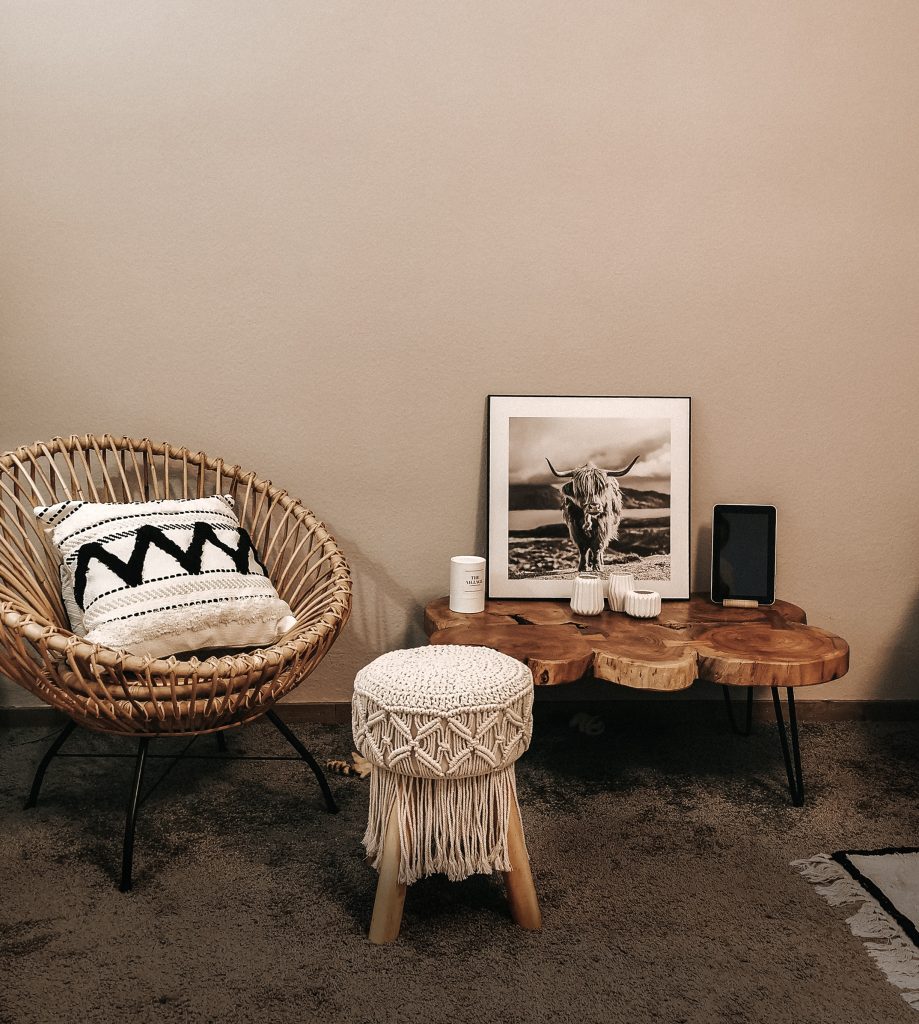Craftsmanship Through Centuries: A Journey into the History of Indonesian Furniture

Indonesia’s rich cultural heritage is reflected not only in its breathtaking landscapes but also in its exquisite craftsmanship. From intricately carved wooden pieces to intricately woven rattan furniture, Indonesia has a long and storied history in furniture making. In this blog, we delve into the fascinating world of Indonesian furniture, exploring its origins, influences, and the timeless techniques that have been passed down through generations.

Ancient Roots and Indigenous Influences
The history of Indonesian furniture can be traced back thousands of years to the time of ancient kingdoms and indigenous communities. Influenced by Hindu, Buddhist, and animistic beliefs, these early craftsmen created furniture that blended functionality with symbolic meaning. Elaborately carved wooden thrones, intricately designed chests, and ornate beds were common furniture pieces in palaces and temples, showcasing the artistic skills of Indonesian artisans.
The Arrival of Islam and Colonial Influence
With the arrival of Islam in Indonesia in the 13th century, furniture styles began to evolve. Islamic motifs, such as geometric patterns and calligraphy, started to adorn furniture pieces. However, it was during the colonial period, when the Dutch established their rule in the archipelago, that significant changes occurred. European furniture styles, including Dutch, Portuguese, and British influences, merged with local craftsmanship, resulting in unique hybrid designs.
The Rise of Colonial-Style Furniture
During the colonial era, European furniture styles gained popularity among the Indonesian elite. Colonial-style furniture, characterized by its ornate detailing, dark wood, and luxurious upholstery, became a symbol of status and prestige. Traditional Javanese motifs, such as wayang (shadow puppet) designs and Batik patterns, were incorporated into these pieces, adding a touch of Indonesian identity to the furniture.

Independence and Post-Colonial Era
After gaining independence in 1945, Indonesia experienced a renewed sense of national identity, which influenced the furniture industry. The newly formed nation sought to reclaim its cultural heritage and promote local craftsmanship. Traditional Indonesian furniture techniques were revitalized, and artisans began incorporating indigenous materials like bamboo, rattan, and teakwood into their designs. This period saw the emergence of furniture styles that embraced simplicity, sustainability, and a closer connection to nature.

Contemporary Indonesian Furniture
Today, Indonesian furniture continues to evolve, blending traditional craftsmanship with modern design sensibilities. Skilled artisans across the archipelago create a wide range of furniture pieces, including intricately carved teakwood dining sets, rattan lounge chairs, and minimalist bamboo furniture. Indonesian designers have gained international recognition for their innovative approach, merging traditional techniques with contemporary aesthetics.

The history of Indonesian furniture is a testament to the country’s rich cultural heritage and the skill and creativity of its artisans. From ancient kingdoms to the present day, Indonesian furniture has been shaped by a fusion of indigenous traditions, Islamic influences, colonial styles, and modern design sensibilities. The exquisite craftsmanship, attention to detail, and use of sustainable materials continue to make Indonesian furniture highly sought after worldwide. As you admire a beautifully crafted piece of Indonesian furniture, you become a part of this rich history, preserving the legacy of Indonesian craftsmanship for generations to come.




